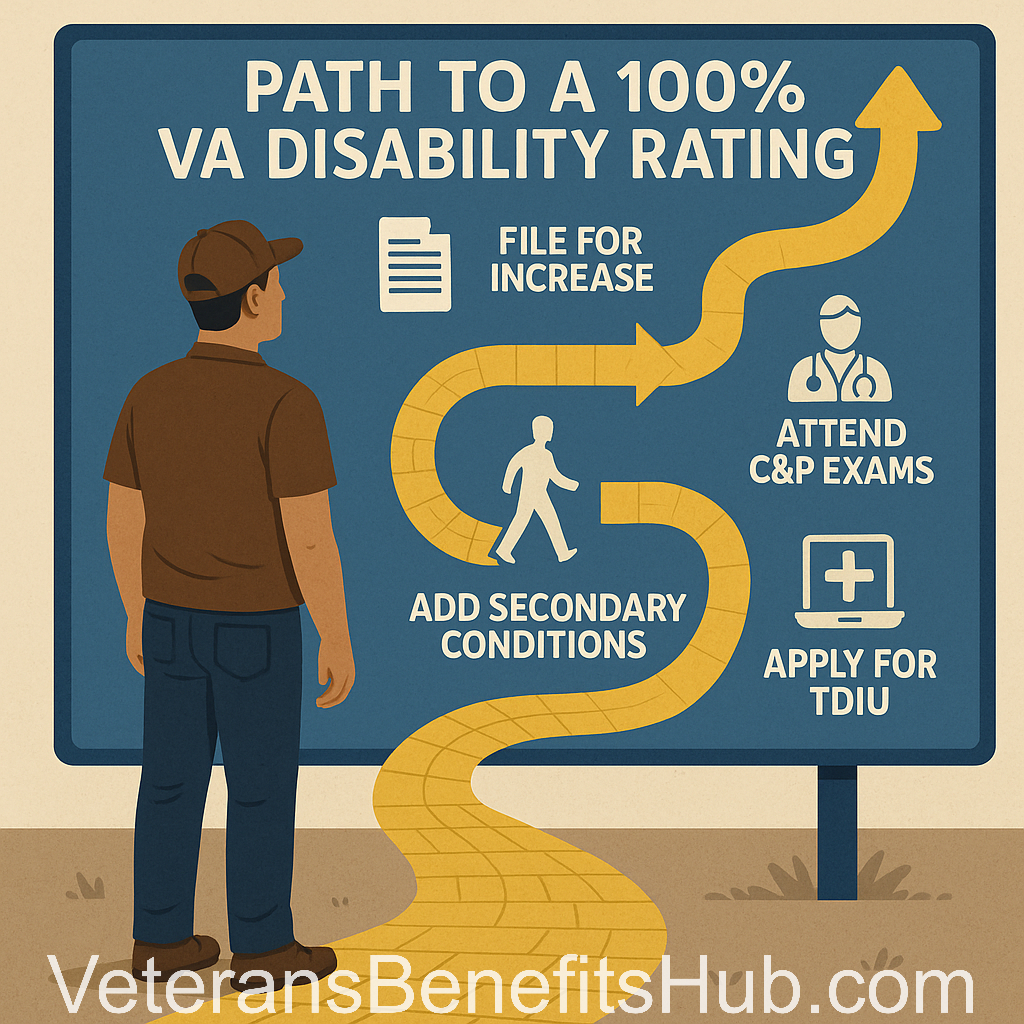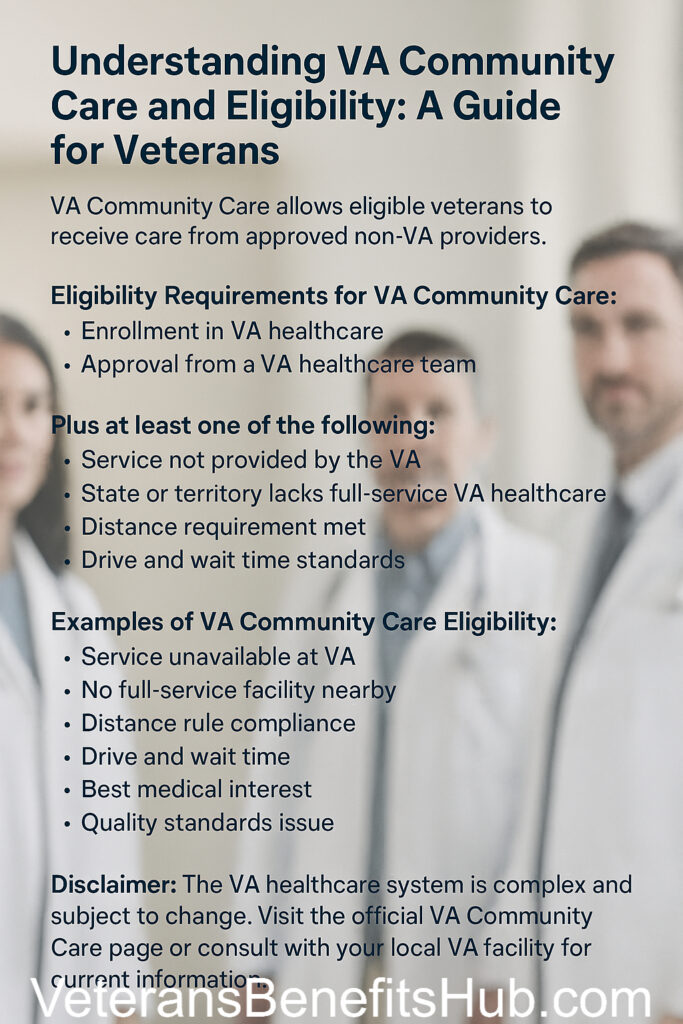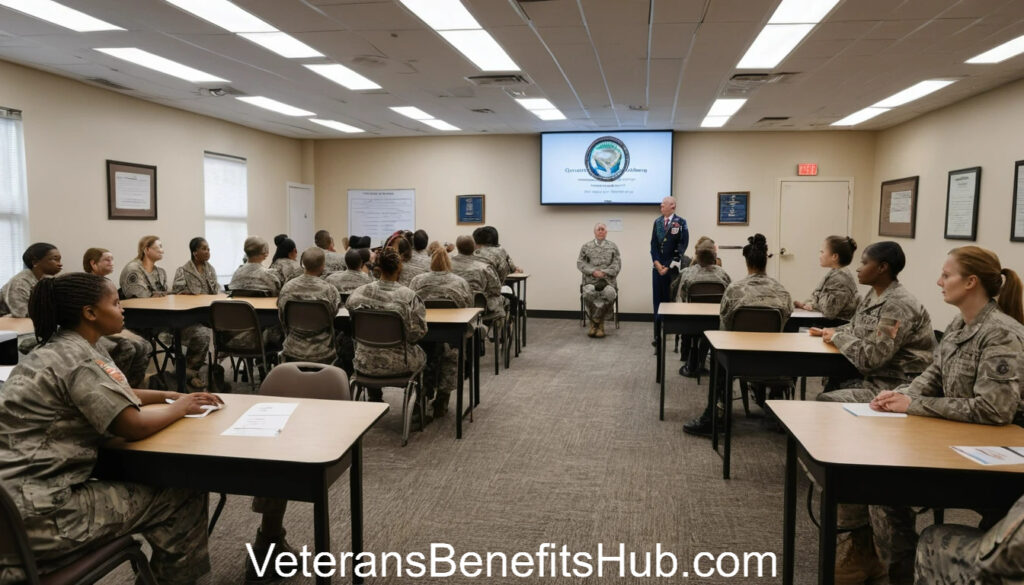Secure a 100% VA Rating – Vital Steps for Your Best VA Disability Rating

Three Strategies to Maximize Your VA Disability Rating
For veterans seeking to optimize their VA disability benefits, understanding how to increase your rating—potentially to 100%—is crucial. Many veterans may overlook conditions that could be service-connected due to lack of awareness or focusing only on prominent issues. This article outlines three effective strategies to help you boost your VA disability rating, ensuring you receive the benefits you’ve earned. These strategies include revisiting service-connected conditions, evaluating potential increases for current conditions, and exploring secondary conditions.
1. Revisit Service-Connected Conditions
The first step to maximizing your VA disability rating is to thoroughly review your service treatment records (STRs) for conditions that may have been overlooked. These records, which document your medical history during service, can reveal symptoms or self-reported issues that could qualify for service connection.
- How to Access STRs: Request your STRs using Standard Form 180 (SF-180), available through the National Archives or your local VA office. If delays occur, contact your congressional representative’s office for assistance.
- What to Look For: Check for self-assessment forms or health questionnaires where you may have noted symptoms like headaches, joint pain, or heartburn. For example, if you reported frequent headaches, this could support a claim for migraines, even if not formally diagnosed during service. Additionally, review records for documented visits to medics or corpsmen, as these may include conditions you’ve forgotten over time.
- Why It Matters: STRs provide evidence to establish a service connection. Even if a condition wasn’t diagnosed in service, symptoms noted in your records can be linked to current diagnoses through a nexus letter from a medical professional. For expert assistance with nexus letters, consider consulting American Medical Experts, who specialize in VA disability claims.
Additionally, explore presumptive conditions, which the VA automatically assumes are service-connected under certain circumstances. For instance, conditions like hypertension diagnosed within one year of discharge may qualify as presumptive. Review the VA’s list of presumptive conditions to identify any that apply to your service period or duty location.
2. Evaluate Increases for Current Conditions
If you’re already rated for certain conditions, you may be eligible for a higher rating if your symptoms have worsened or meet the criteria for a higher percentage. To determine this, compare your current condition to the VA’s Schedule for Rating Disabilities in the Code of Federal Regulations (CFR).
- Steps to Take:
- Identify Your Current Rating: Obtain your exact percentage for each service-connected condition through your VA.gov account or by contacting your regional VA office.
- Review the Rating Schedule: Locate the specific criteria for your condition in the CFR (available at VeteransBenefitsHub.com/resources). For example, if you’re rated at 30% for a knee condition, review the criteria for 50% to see if your symptoms align.
- Document Your Symptoms: Work with your doctor to complete a Disability Benefits Questionnaire (DBQ), available on the VA’s website. A DBQ outlines your symptoms in a format that aligns with the VA’s rating criteria, making it easier to justify an increase.
- Submit Evidence: File a claim for an increase with the DBQ and any supporting medical records. If your doctor is unfamiliar with DBQs, American Medical Experts can assist.
- Common Mistakes to Avoid:
- Filing for an increase when you’re already at the maximum rating for a condition.
- Applying without reviewing the rating schedule, which may result in a denial if your symptoms don’t meet the criteria for a higher rating.
Preparing for a Compensation and Pension (C&P) exam is also key. By understanding the rating criteria, you can clearly communicate how your condition impacts your daily life, increasing the likelihood of a fair evaluation.
3. Explore Secondary Conditions
Secondary conditions—disabilities caused or aggravated by an existing service-connected condition—are a powerful way to boost your overall rating. These conditions don’t need to be directly tied to your time in service but must be linked to a current service-connected disability.
- Examples of Secondary Conditions:
- A veteran with a service-connected back condition (e.g., 20% rating) may develop radiculopathy (numbness or tingling in the legs), arthritis, or depression due to chronic pain and reduced mobility. Filing for these secondary conditions could significantly increase the combined rating, potentially to 70% or higher.
- Medications for service-connected conditions may cause side effects, such as gastrointestinal issues from long-term NSAID use, which could also qualify as secondary conditions.
- How to Identify Secondary Conditions:
- Research online by searching “secondary conditions to [your condition]” or “side effects of [your medication].” For example, search “secondary conditions to lumbar strain” to uncover related issues like radiculopathy or depression.
- Discuss potential connections with your doctor. Ask, “Could my [secondary condition] be related to my [service-connected condition]?” If the doctor agrees, request a nexus letter to document the link.
- For complex cases, American Medical Experts can provide nexus letters to strengthen your claim.
- Filing for Secondary Conditions: Submit a claim with medical evidence, including a diagnosis of the secondary condition and a nexus letter linking it to your service-connected disability. In some cases, the connection is obvious (e.g., radiculopathy from a back injury), but others, like depression, may require stronger documentation.
Final Thoughts
Maximizing your VA disability rating requires diligence and strategic planning. By revisiting your service treatment records, evaluating increases for current conditions, and exploring secondary conditions, you can ensure you’re not leaving benefits on the table. Utilize resources like VeteransBenefitsHub.com for tools, forms, and expert assistance to navigate the claims process effectively. Every condition, no matter how minor it seems, could contribute to your overall rating and provide the support you deserve.
Disclaimer
Some portions of this article may reflect opinions based on general experiences and observations. For personalized advice, consult with a Veterans Service Officer, accredited representative, or medical professional. Always verify information with official VA resources or VeteransBenefitsHub.com.









